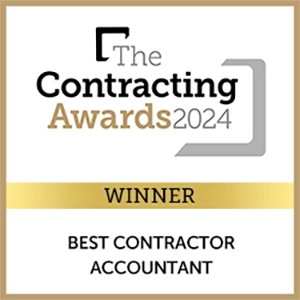 Question submission Date: August 2023
Question submission Date: August 2023
Full question: “My Furnished Holiday Let property might not meet the occupancy levels set out as a condition by HMRC, what do I need to do?”
If you’re comfortable that your property falls into this category but, for whatever reason, you don’t reach the required occupancy there is something you can do. We do have a full guide on the advantages of owning, and the criteria for a FHL, but to recap, it must be available for furnished holiday letting for at least 210 days of the year and occupied for at least 105 days of the year, not including any discounted stays for family & friends and any stays for longer than 31 days.
Firstly, you need to demonstrate that the reason for not meeting the 105 day threshold was out of your control and that your intention had been to meet the occupancy and availability levels stipulated. If that is the case, you may be able to make a ‘Period of Grace Election’.
Making a period of grace election will allow you to continue to treat the property as a FHL, even if you have not been able to meet the 105-day threshold. Instead, you can use prior years to show that there was a pattern of availability and occupation.
The best way to do this is by showing that the property was marketed to at least the same level as in previous years. Another is taking into account cancellations that you can’t have foreseen – such as any cancellations due to Covid-19 or extreme adverse weather conditions.
However, a period of grace election can only be made in two consecutive years. After this, you will need to meet the 210 and 105 day thresholds mentioned above again before being able to claim any further periods of grace. If you are thinking about embarking on an FHL, it would be a good idea to speak to your accountant to make sure you understand all the implications and minimum requirements.
The government has provided information about ‘Periods of Grace Election’ and it’s criteria here.
There is an alternative to the ‘Periods of Grace Election’ that applies to people with more than one FHL. It’s called an ‘Averaging Election’ and means that, if one or more of your properties doesn’t meet the 105 days letting condition, then you can take the average rate of occupancy of all the properties and apply that instead. Needless to say, all the properties in an average must be one business – i.e. belong to the same person/people.
In addition, if you do have more than one FHL, you can use both solutions thereby ensuring a property continues to qualify. Regarding both alternatives, and FHL’s in general, it’s always worth speaking to your accountant for advice and to ensure you are making the most of the tax savings available to FHL’s.








